Ever wondered why the ads you see on websites often match what you're reading about?
That's contextual advertising at work.
Instead of following you around the internet, this smart marketing approach looks at what's on the web page itself – the content, keywords, and overall topic – to show you relevant ads.
Reading a cooking blog? You might see promotions for new pots and pans.
Browsing travel stories? You’ll probably spot a hotel deal.
With growing concerns about online privacy, this approach has really taken off. In fact, US businesses are betting big on it – contextual ad spending will hit $217.73 billion in 2024. It is expected to grow by 13.3% each year through 2026 as companies move away from tracking cookies.
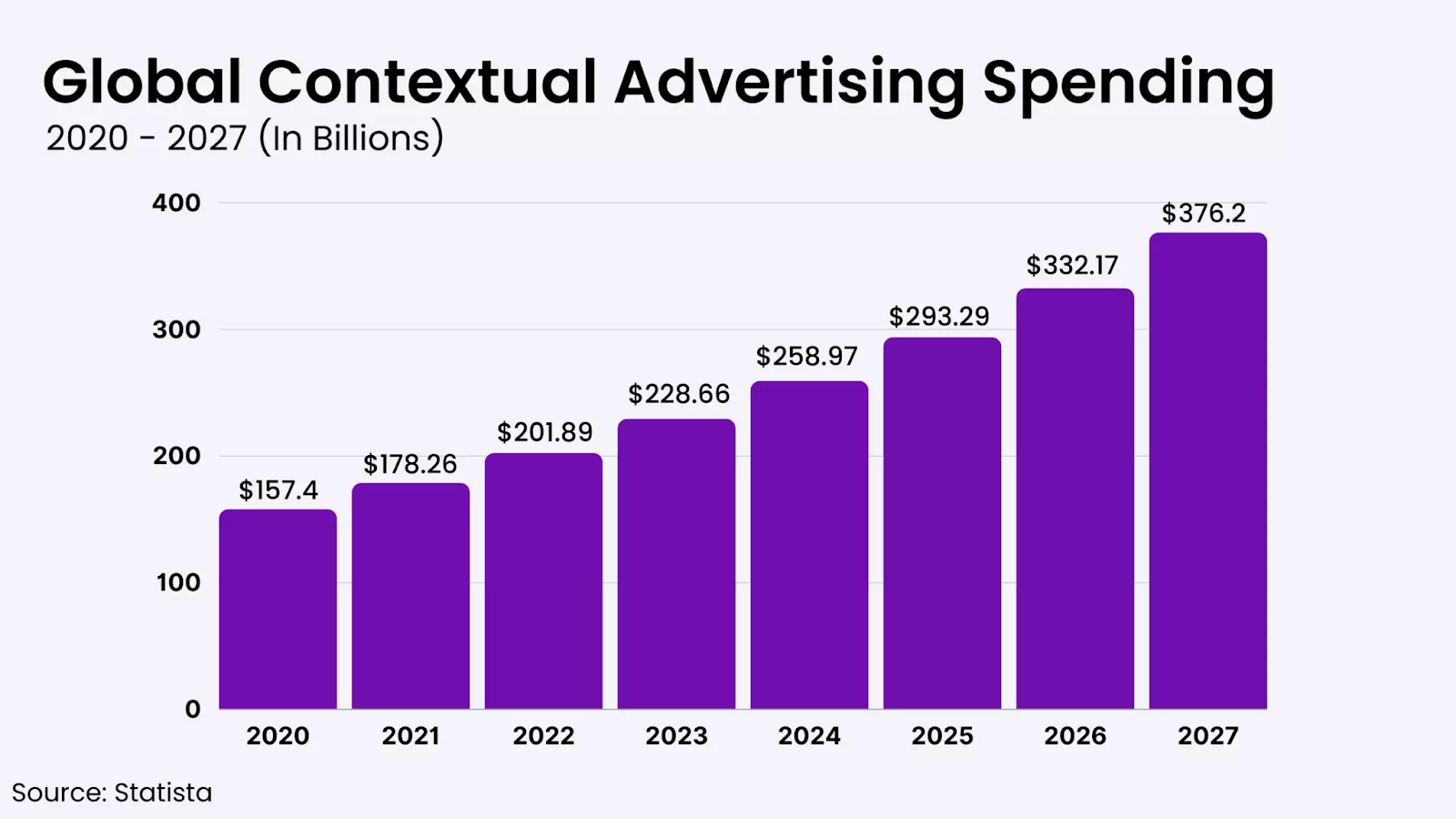
What is contextual advertising?
Contextual advertising is a digital marketing strategy that places ads based on what users are currently viewing or reading. Think of it like placing a sunscreen ad next to a beach vacation article.
The system analyzes webpage content like text, keywords, and themes, then displays relevant ads that match the context. It's more privacy-friendly than behavioral targeting since it doesn't track user data – it only looks at the current content.
For example, if you're reading a recipe blog, you might see ads for cooking equipment or ingredients. This approach tends to feel less intrusive to users since the ads fit the content.
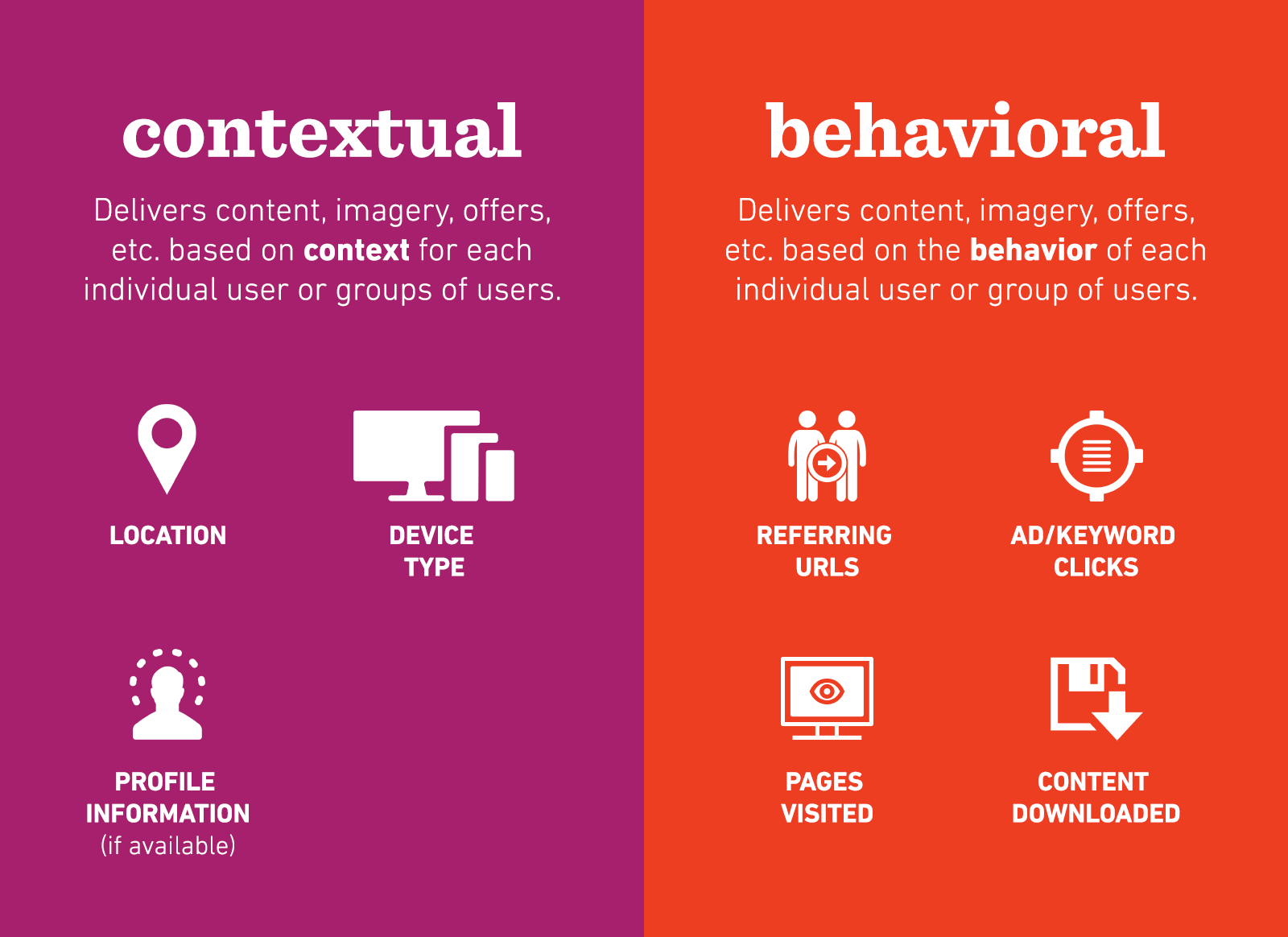
What value does contextual advertising bring to marketers?
Contextual advertising gives marketers a powerful way to reach audiences when they're most receptive.
One of its biggest advantages is precision targeting without relying on personal data. As privacy concerns grow and cookie tracking faces restrictions, contextual advertising will gain traction.
Why?
It provides a privacy-friendly alternative that still delivers results. It works by analyzing page content rather than user behavior.
The approach also yields higher engagement rates since the ads complement what users are already interested in. For instance, someone reading a recipe blog is more likely to click on a kitchen appliance ad than someone browsing sports news.
Cost-effectiveness is another key benefit. Contextual ads are more likely to reach interested audiences. This means marketers typically see better ROI than broader targeting methods.
Additionally, contextual advertising helps avoid brand safety issues. You can choose categories and keywords to ensure your ads appear alongside content that aligns with your values.
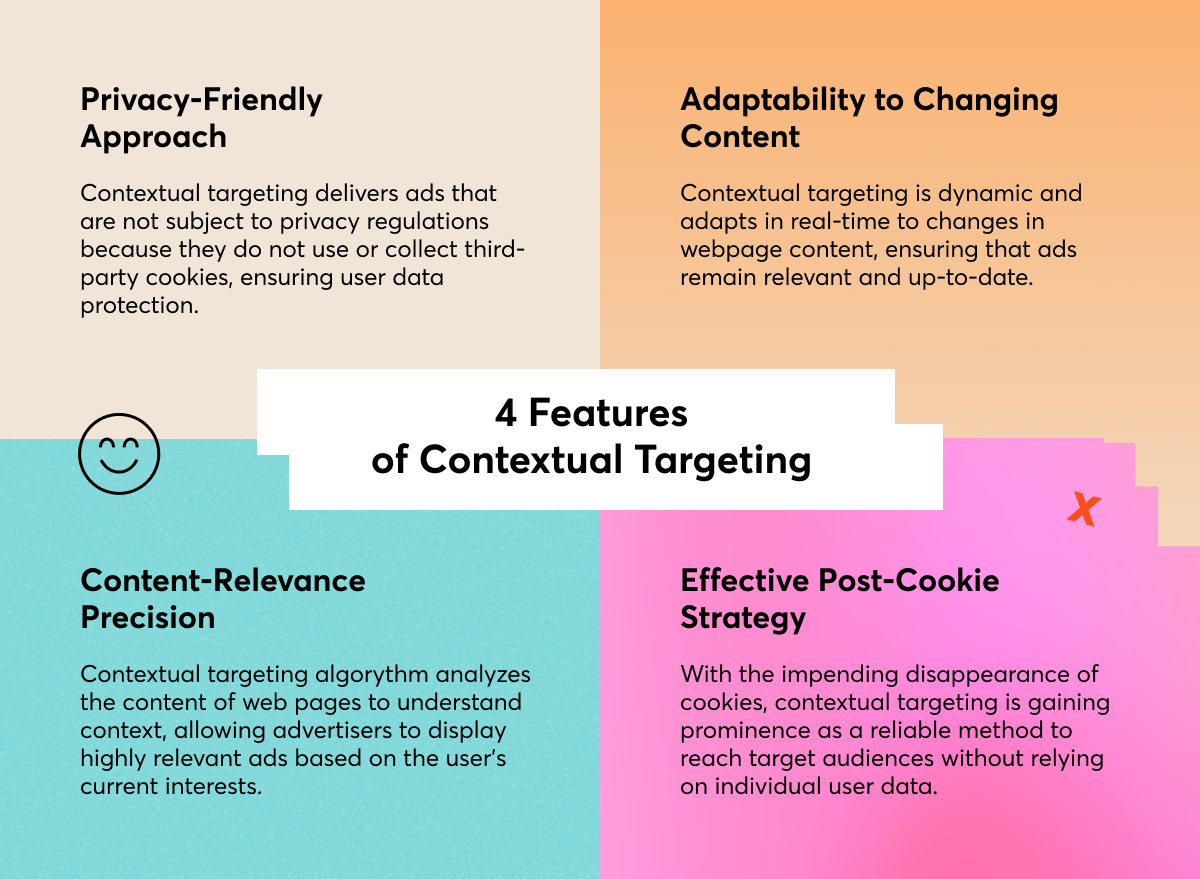
Benefits of contextual advertising
Ever noticed how some online ads just seem to "get" what you're reading about?
That's contextual advertising at work, and it's pretty clever stuff. Let's explore why more and more businesses are falling in love with this smart approach to advertising.
Improved user experience
Think about how frustrating it is when random ads pop up while reading something online. That's where contextual advertising shines – it fits into what you're already interested in.
If you see an ad for a premium coffee grinder when you're reading an article about coffee brewing techniques, it makes sense. It feels more like a helpful suggestion than an interruption.
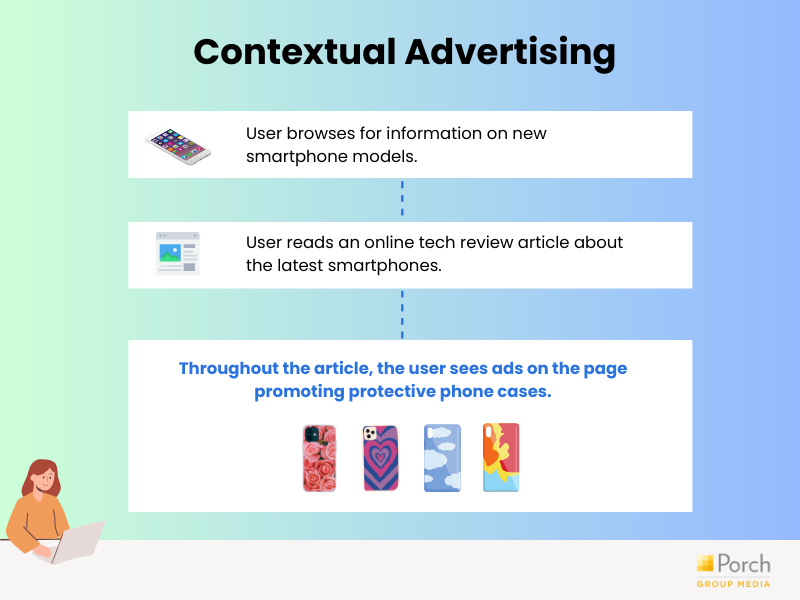
Higher relevance leading to better engagement
We're much more likely to pay attention to something that matters to us in the moment. When ads match what we're reading about, they become genuinely useful.
Imagine reading a review of the latest smartphones and seeing an ad for phone accessories right there. You're already in that mindset, so you're far more likely to click and explore. This kind of precise targeting often leads to better results for advertisers and more valuable discoveries for readers.
Non-intrusive, non-creepy
Remember those annoying pop-ups that seem to chase you around the internet? Contextual advertising takes a completely different approach. Instead of jumping out at you, these ads sit within the content you're already enjoying.
They don't need to track your personal data or browsing history – they simply complement what you're reading right now. It's a refreshing change that respects both your privacy and your time.
Brand safety
For businesses, contextual advertising offers peace of mind. Rather than having ads appear anywhere on the web, companies can ensure they show up in relevant places.
It's like choosing the right neighborhood for your store – you want to be where your brand fits in. Careful placement helps build trust. More importantly, it protects companies from appearing alongside inappropriate content.
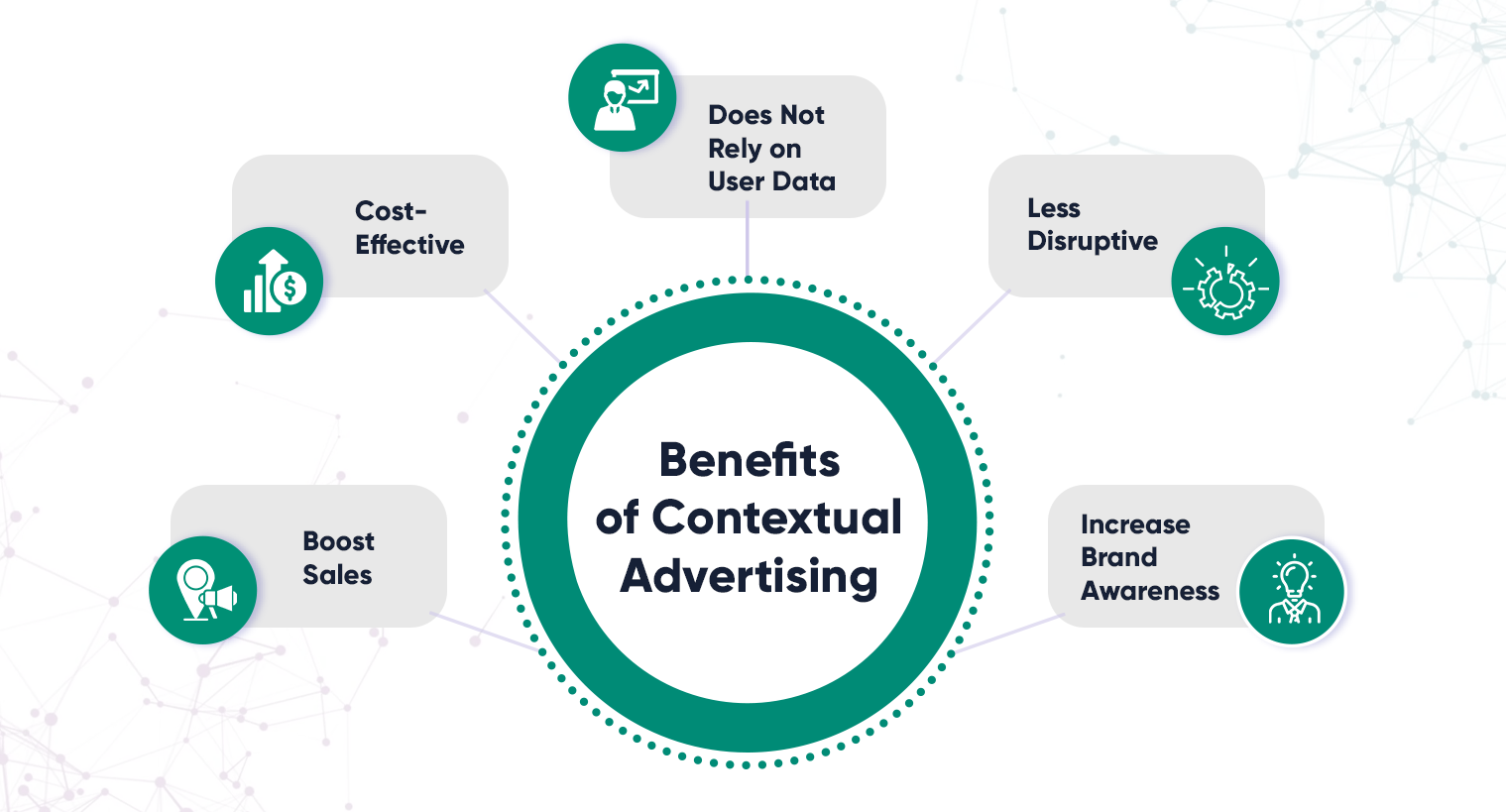
Strategies for effective contextual advertising
Contextual advertising is all about getting your message in front of the right people at just the right moment. Done well, it can transform your digital marketing results. Let’s learn more.
Keyword selection and analysis
Think of keywords as the compass that guides your contextual advertising efforts. For example, if you run a bakery, keywords like "fresh bread," or "local bakery" help your ads appear when potential customers search for what you offer.
The secret isn't to simply find popular keywords; you need to discover the ones that truly matter to your audience. Start by looking beyond the obvious. Sure, everyone's bidding on those broad, high-traffic terms. But there's often more value in specific, intent-driven phrases that signal real interest in your offering.
Let's take a wedding photography business as an example.
Thousands compete for broad keywords like "wedding photographer”. Yet, it's intent-driven keywords like "candid South Asian wedding photographer Chicago" that will attract the right clients.
These are your golden tickets – they connect you with people actively looking for solutions like yours.
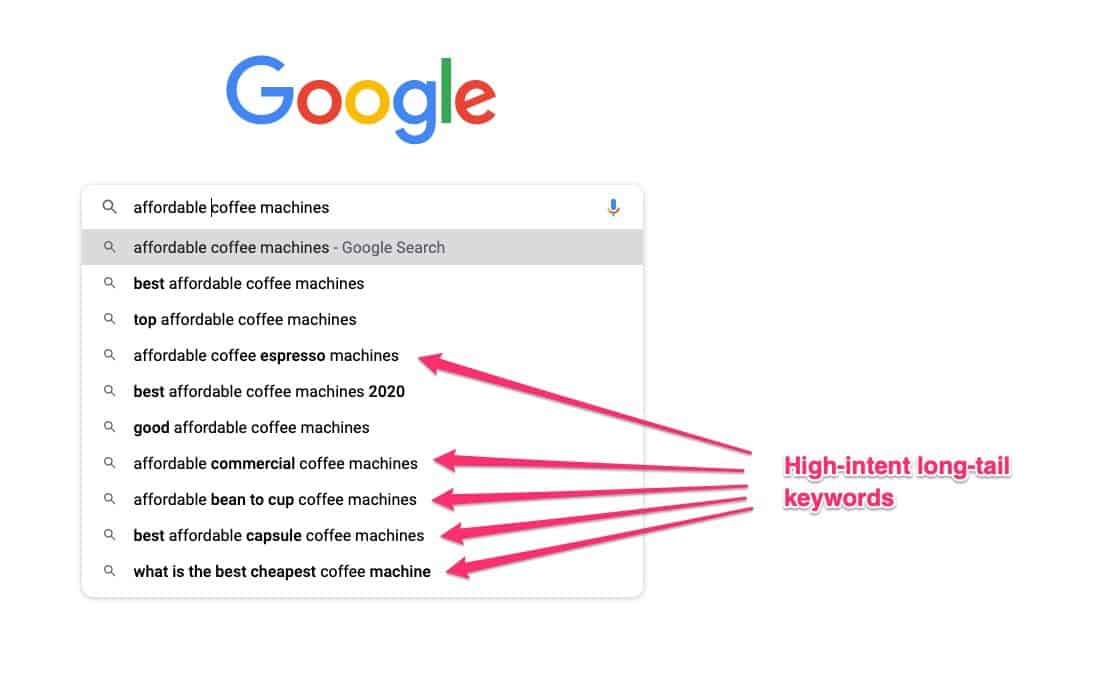
Modern tools make this process much more manageable. Whether you're using Google Keyword Planner, SEMrush, or Ahrefs, you've got powerful allies in your corner. Keep an eye on what's working and what isn't – the digital landscape changes quickly, and staying adaptable is key.
Content alignment
Here's where the magic happens: Your ads need to feel like they belong; they should flow naturally with the content your audience is consuming.
What do we mean?
If your ad appears on a tech blog, speak the language of tech enthusiasts. If it's on a lifestyle site, adjust your tone accordingly. “The fastest laptop for work and play" is a perfectly good line for an ad on a lifestyle site.
On a tech website, switch things up. Don’t be afraid to call out technical specifications like "13th Gen i9-13900H" or "64GB DDR5-6400".
You don't need to change your message; it's about presenting it in a way that resonates with the environment and audience. This doesn't mean completely changing your message; it's about presenting it in a way that resonates with the environment and audience.
Targeting and segmentation
Getting to know your audience is like putting together a puzzle. Each piece – their habits, preferences, and behaviors – helps complete the picture. Don't stop at basic demographics; dig deeper.
How do they interact with content?
When are they most active?
What drives their decisions?
Break down your audience into meaningful groups. A commuter checking their phone might need quick, actionable content like "5-minute breakfast ideas".
Meanwhile, an evening researcher may prefer detailed product comparisons or in-depth content. Match your message timing, format, and content to these behavior patterns, to increase engagement and conversion rates.
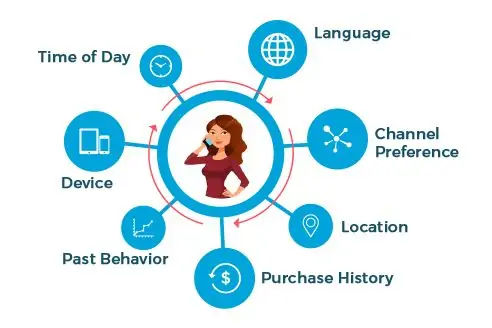
Take Starbucks, for example. The brand recognized distinct customer behaviors and needs throughout the day. Push notifications promoted easy mobile ordering and "grab and go" breakfast promotions to morning commuters.
For weekend browsers, the brand put out social media content about relaxing with specialty drinks. Unsurprisingly, Starbucks’ mobile order & pay feature now accounts for about 25% of transactions.
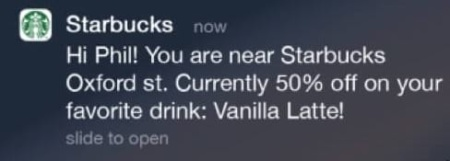
Optimization and testing
Testing isn't only about finding what works – it's about discovering what works better. Small adjustments can make a big difference in how your message resonates with your audience.
Nike placed ads on weather apps and sites during good running weather with a simple message, “Perfect Running Weather Ahead”. This got them 18% higher engagement than the standard "Just Do It" messaging on generic sports websites.
The brand also tested customized messaging for beginner vs advanced runners. The messaging for beginners was "Start Your Journey" while advanced runners saw “Break Your Record”. The targeted messaging attracted 25% higher conversion rates.
Keep track of what's working by watching your numbers. How many people are clicking? Are they taking action once they reach your site? Is your investment paying off?
These insights are gold – they tell you where to double down and where to make changes.
The key to success in contextual advertising isn't getting it right once; it's about staying curious and responsive. Keep testing, keep learning, and keep refining your approach.
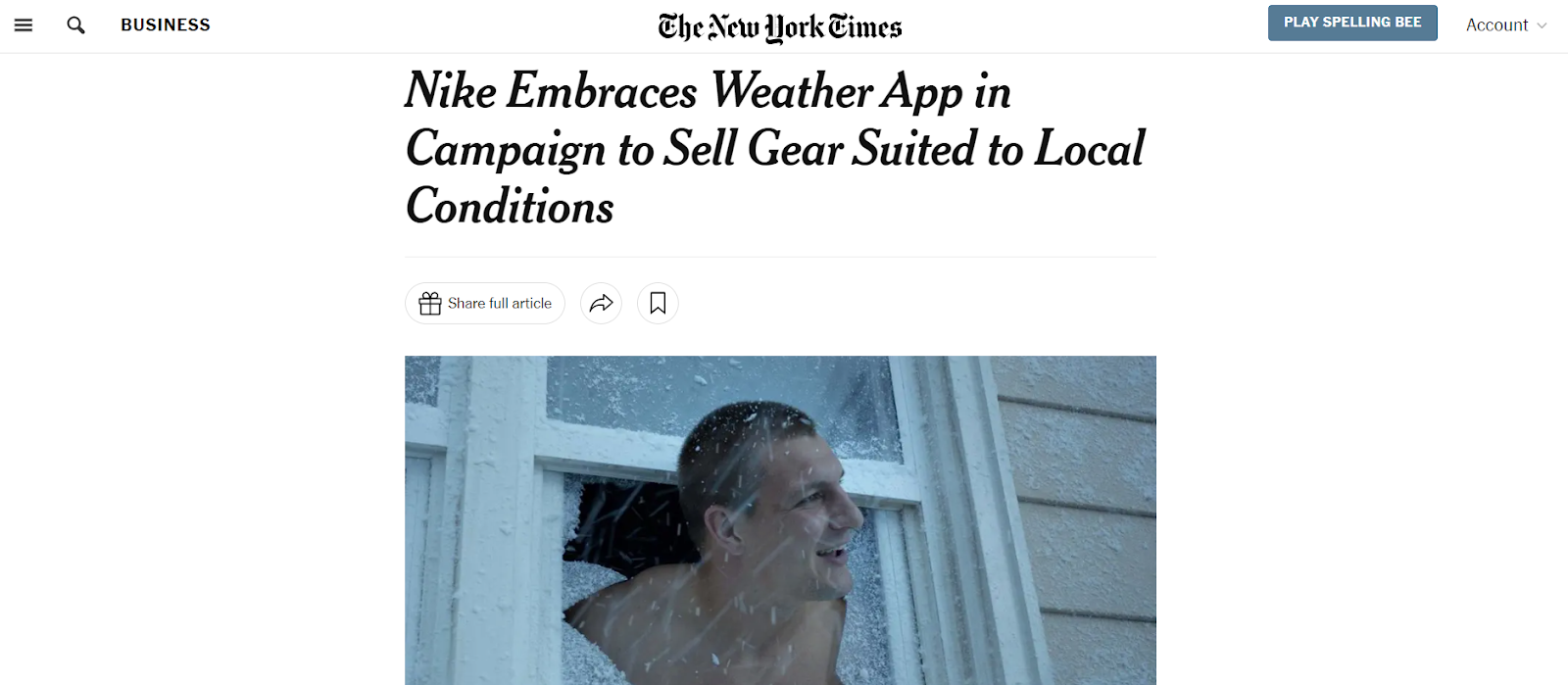
3 of the best contextual advertising examples
Here are some outstanding examples that showcase contextual advertising at its finest.
1. The New York Times & BMW
One of the most successful contextual advertising campaigns was BMW's partnership with The New York Times.
The luxury automaker placed ads in articles about innovation, technology, and sustainable transportation. Their ads appeared alongside content about electric vehicles and future mobility. This approach ensured the brand reached readers already engaged with these topics.
According to BMW's media director Sarah Thompson, "We saw a 35% higher engagement rate compared to our standard display advertising, and a 42% increase in brand consideration among our target audience."
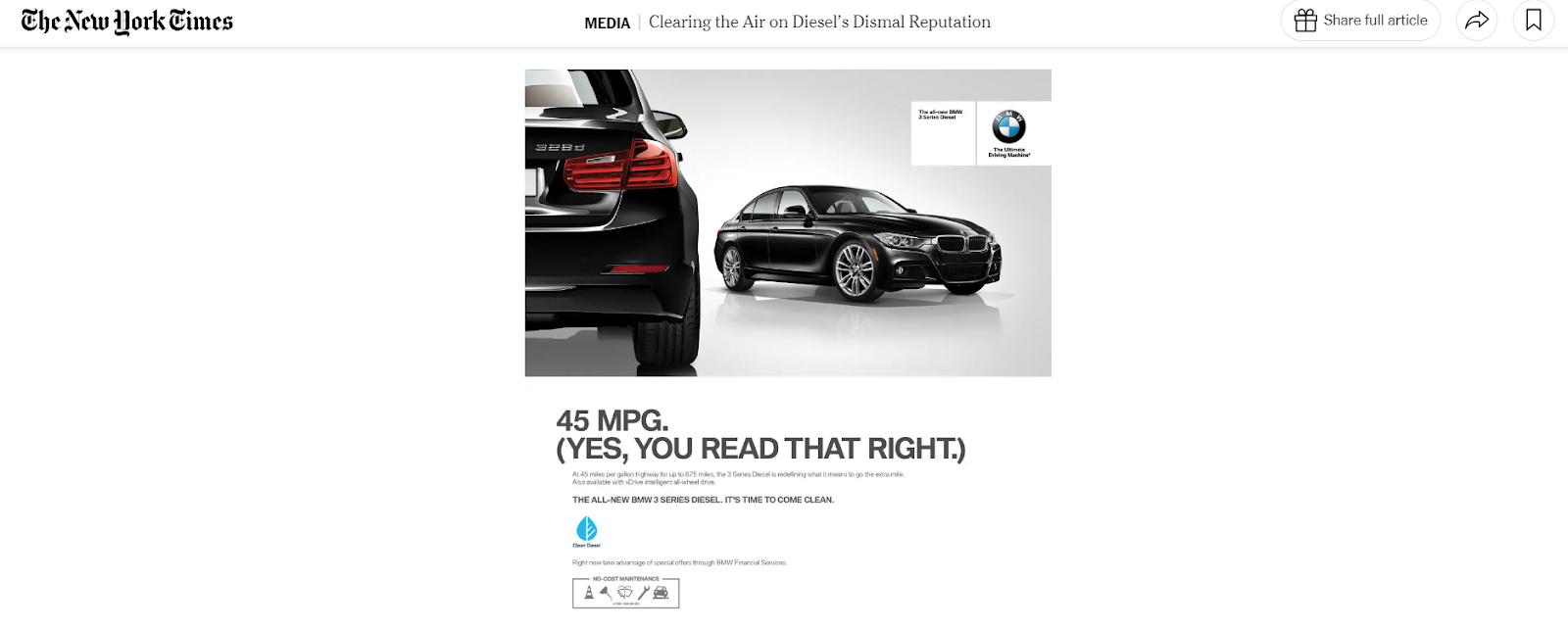
2. Spotify & weather-based advertising
Spotify implemented a clever weather-based targeting system for their premium subscription service. The streaming platform partnered with weather providers to show ads for specific playlists and features.
For example, during rainy days, users saw ads for "Rainy Day Jazz" or "Cozy Acoustic" playlists. Sunny weather triggered promotions for summer hits and outdoor workout playlists.
This contextual approach led to a 28% increase in premium subscriptions and 40% higher engagement with advertised playlists.

3. Whole Foods & recipe websites
Whole Foods Market implemented a contextual advertising strategy across food and recipe websites. Their ads featured ingredients that matched the recipe being viewed, with direct links to purchase these items online.
The campaign achieved a remarkable 73% increase in click-through rate compared to standard display ads. "We found that meeting customers exactly where they are in their cooking journey led to significantly higher purchase intent," noted Maria Garcia, Digital Marketing Director at Whole Foods.
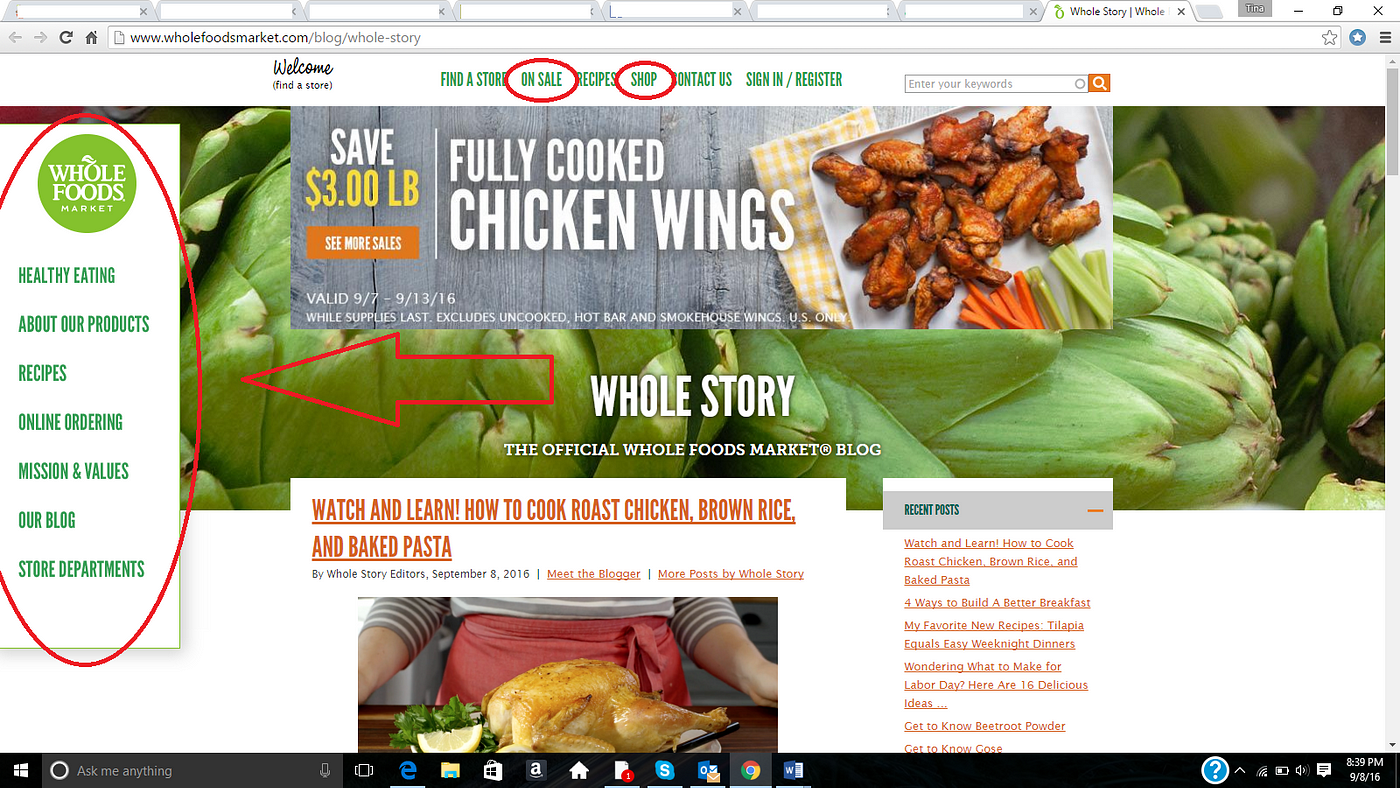
The future of contextual advertising
Imagine advertising that feels less like an interruption and more like a helpful suggestion. That's where contextual advertising is heading. The real game-changer is artificial intelligence.
Modern AI can instantly analyze a webpage, article, or video and match it with relevant ads that actually make sense at that moment. This shift comes at a crucial time, as traditional cookie-based tracking faces close scrutiny and regulation.
But here's the challenge advertisers are grappling with: We've all become experts at ignoring ads. The solution? Creating advertising that blends well with content and adds value rather than disrupts. The digital world never stands still, and neither should your strategy.
Looking ahead, we're moving toward advertising that's both highly targeted and safeguards privacy. It will rely on context rather than tracking personal data. It's a win-win that promises better results for advertisers and a better experience for audiences.
Learn how to build and monetize your audience with Whop
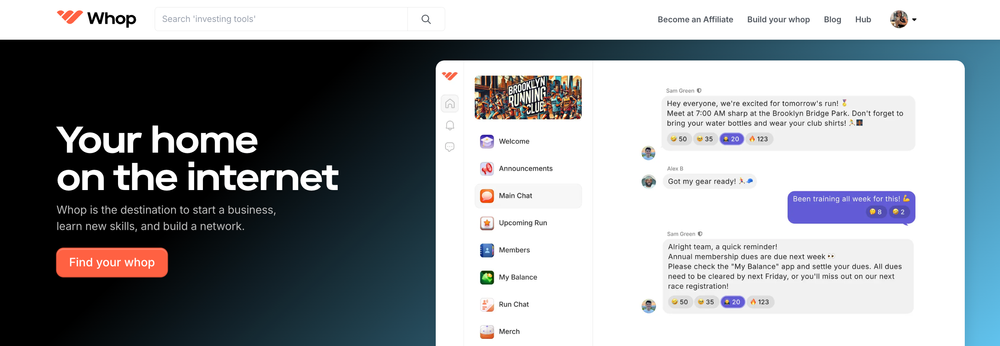
If you're hooked on the idea of using contextual advertising, it all starts with building a solid audience to market to. With Whop, you can access free courses, communities, and resources that guide you through the process of growing an audience for your business.
From learning how to create content to establishing and maintaining strong connections with customers, Whop is your go-to platform. But it doesn't stop there. Whop acts as a one-stop shop offering everything you need to monetize your future business. From payment processing to intuitive marketplace building and CRM – you can do it all under one roof.
Ready to take the next step? Further your education with Whop today.
FAQs
We've answered the most common questions about how contextual advertising works, right here.
What are some contextual marketing examples?
Location-based push notifications from restaurants offering lunch deals to people walking nearby during noon hours. Weather-triggered email campaigns promoting umbrellas during rainy seasons.
Social media ads for winter coats in regions experiencing cold snaps. Netflix recommending horror movies in October. These are examples of contextual marketing.
What is contextual targeting?
Contextual advertising is a digital marketing strategy that places ads based on what users are currently viewing. Think of it like placing a sunscreen ad next to a beach vacation article. The system analyzes web page content, like text, keywords, and themes, and then displays relevant ads that match the context. It's more privacy-friendly than behavioral targeting, as it doesn't track user data. This approach tends to feel less intrusive to users since the ads fit the content.
Contextual targeting vs behavioral targeting: What’s the difference?
Contextual advertising is a digital marketing strategy that places ads based on what users are currently viewing. Showing camera ads on a photography website is an example. Behavioral targeting, on the other hand, uses past user data and actions to serve ads. It would show camera ads to someone who previously searched for cameras. The first approach focuses on the present moment, while the second draws on past activities to predict what the user might want.





